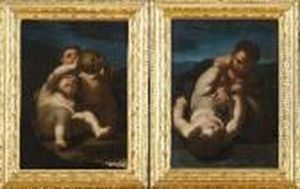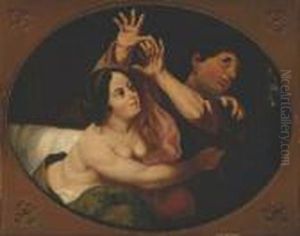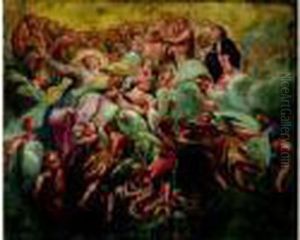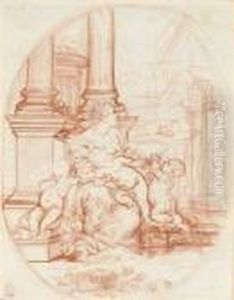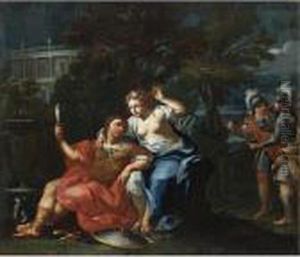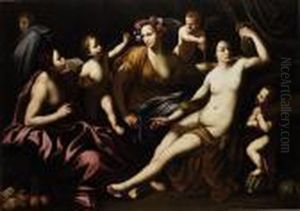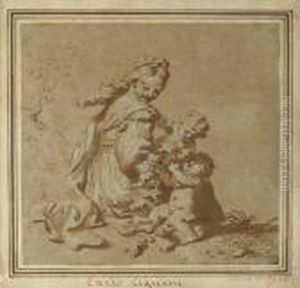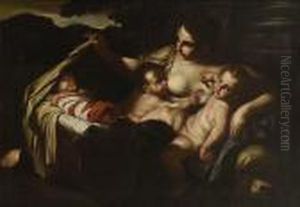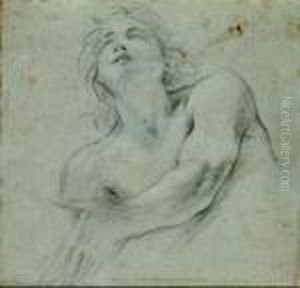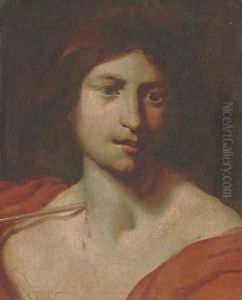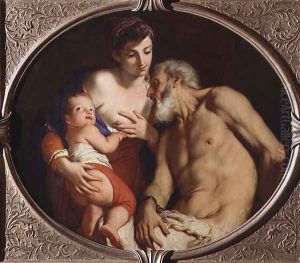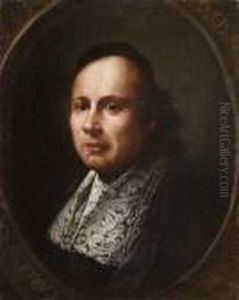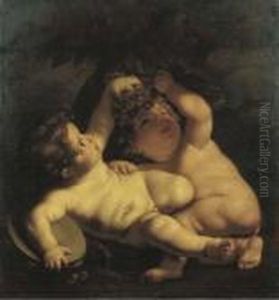Carlo Cignani Paintings
Carlo Cignani was an Italian painter of the Bolognese and the Forlì painting schools who was active during the Baroque period. He is known for his elegantly poetic and gracefully expressive style, which was influenced by the Carracci family of painters, particularly Ludovico Carracci.
Cignani was born on May 15, 1628, in Bologna, Italy, into a family of noble heritage. His interest in art was evident at an early age, and he began his training in Bologna under the guidance of Francesco Albani, who was a prominent painter of the time and a pupil of the Carracci. Cignani's talent quickly became apparent, and he began to develop a reputation as a skilled artist.
Throughout his early career, Cignani worked on various projects and commissions which allowed him to refine his style. He became known for his ability to blend the classical ideals of the Renaissance with the dynamic energy of the Baroque movement. His works often featured mythological and religious subjects, rendered with a delicate touch and a refined use of color.
In 1681, Cignani moved to Forlì, where he continued to work and received numerous commissions. One of his major works from this period is the 'Assumption of the Virgin' fresco in the dome of the church of the Madonna del Fuoco in Forlì, which is considered one of his masterpieces.
Cignani's influence extended beyond his own artworks. He was also a respected teacher and founded the Accademia di Belle Arti in Forlì, where he trained many young artists. His legacy was carried on by his students and his son, Felice Cignani, who also became a painter.
Carlo Cignani's contributions to the Italian Baroque style were significant, and his works are characterized by their warmth, humanity, and the sensuous beauty of his figures. He passed away on September 8, 1719, in Forlì, leaving behind a body of work that continues to be appreciated for its artistic merit and historical significance.


